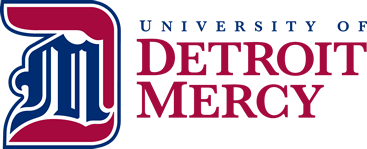Teaching Fr. Coughlin's Social Justice
Unit 1: Using Primary Documents
Lesson 1: How to read and examine Social Justice
A key task in reading Social Justice, his pamphlets, and the broadcasts is understanding the way that Coughlin used language and how he formed his arguments. Though Coughlin sometimes did resort to showy and overwrought public speeches, notably at the Townsend convention at Cleveland in July 1936, he rarely did so during his broadcasts, and almost never in print. Thus, comparisons to the speeches of Adolph Hitler or Joseph Goebbels are not accurate in regards to the audience, subtlety, and style that Coughlin employed. Social Justice should be viewed as the most well thought out of all the materials, and the most careful in terms of its use of language and overall presentation. The reasons for that included avoiding censorship from both the Detroit diocese of the Catholic Church and the Post Office, that it was a polished publication and not "off-the-cuff," and as a reflection of Coughlin's own positions, thoughts, purpose, and persona.
From all of this comes a publication that at first glance appears entirely reasonable in tone and presentation. Simply put, the magazine resembles one of many with images, text, and letters to the editor. When students read the articles, the word choices, reasoning, and ideas may sound perfectly reasonable since that was Coughlin's entire goal. These are not the rantings of a deranged madman, rather an individual who has a particular point to prove and a method by which to approach his subjects. Decoding Coughlin requires an examination and understanding of his language choice, structure, and the context that influenced his magazine.
The Assignment
Students, either in groups or individually, will engage with Great Depression era audio materials and publications, including Social Justice, to contextualize both Fr. Coughlin and his ideas. Audio clips of Adolph Hitler and Fr. Coughlin will demonstrate the sharp contrast in style and purpose. Students will use a worksheet to analyze these differences and to understand how to avoid simplistic comparisons and the misuse of historical figures. Comparisons between Social Justice and contemporary publications will help students understand the choices made for the visual appearance of the magazine. Finally, an analysis of the language and content through three separate issues of Social Justice will inform student understanding of Coughlin's ideas and how he used language to make seemingly "reasonable" arguments cloaked in everyday words.
Description | Learning Objectives and Benchmarks | Outcomes and Requirements | Activities | Independent Practice | Bibliography/List of Resources | Lesson in PDF | Back to Unit Introduction | Back to Lessons Home
Lesson Plans Developed by
Matthew Lawrence Daley, Ph.D.
Assistant Professor of History
Grand Valley State University



